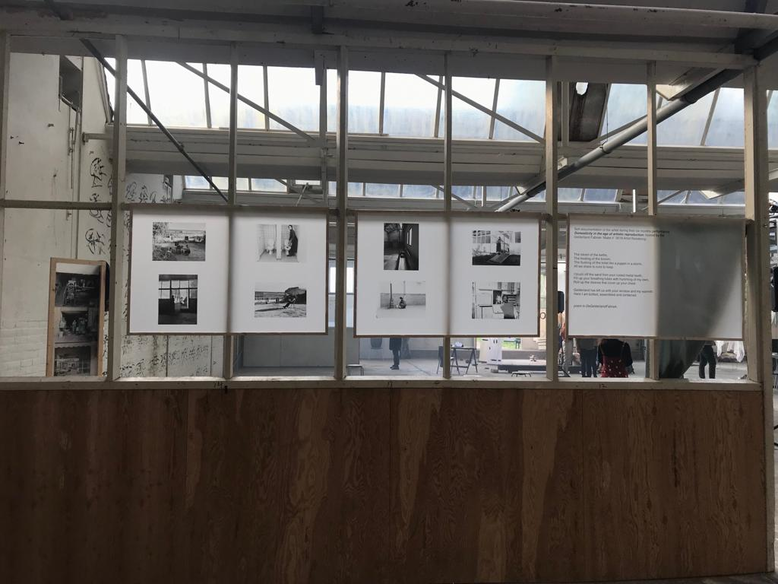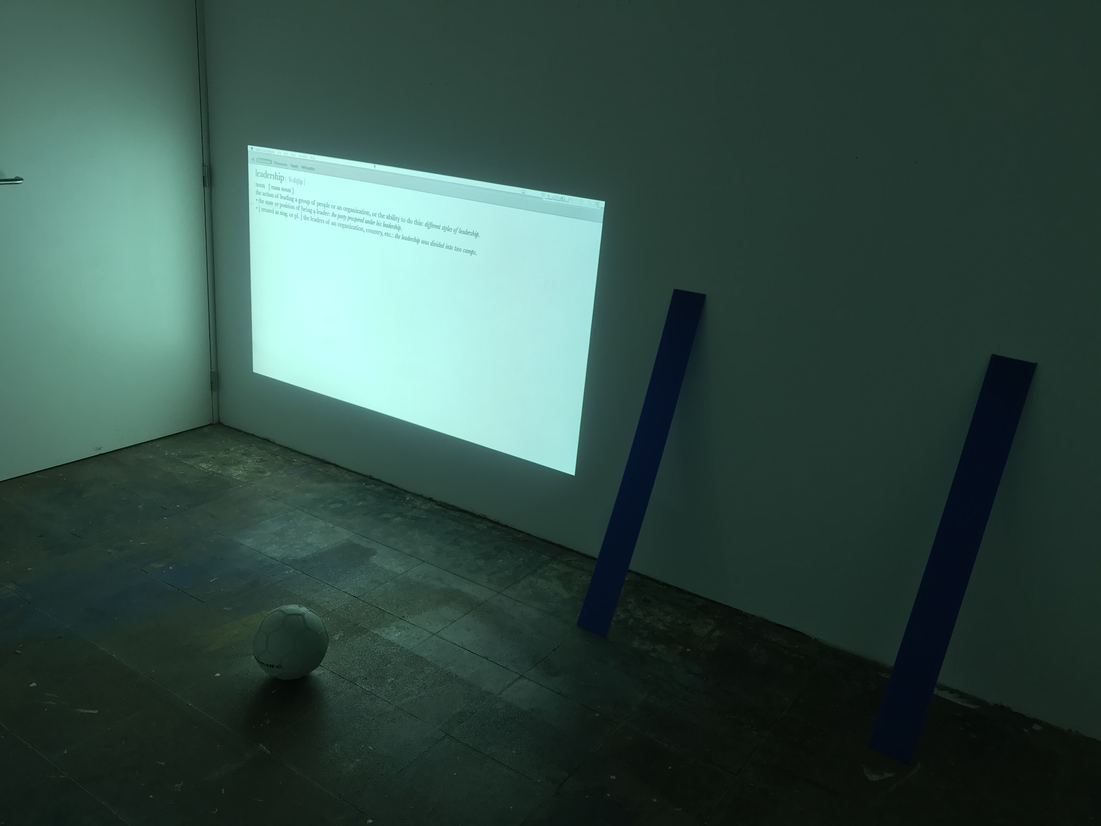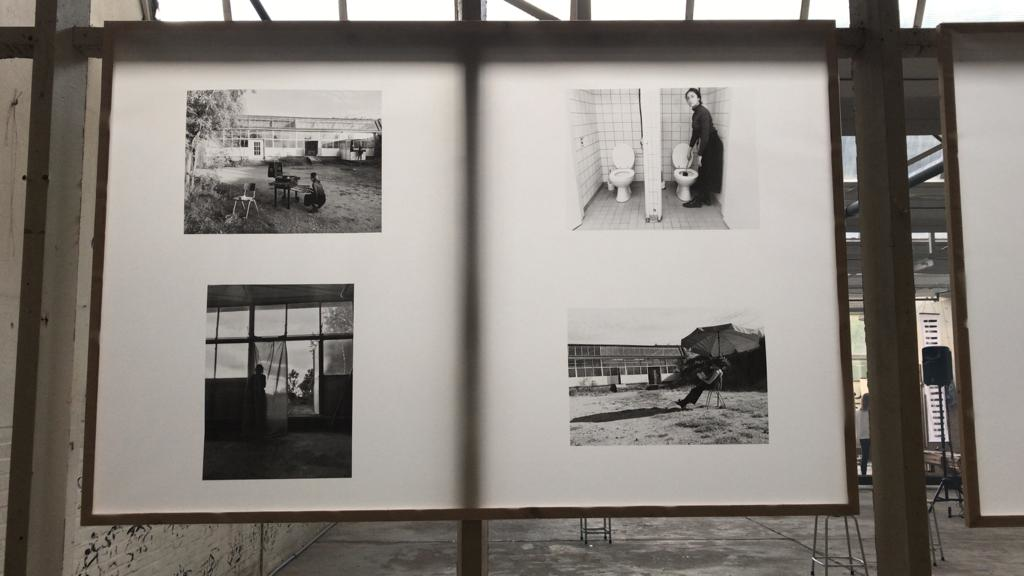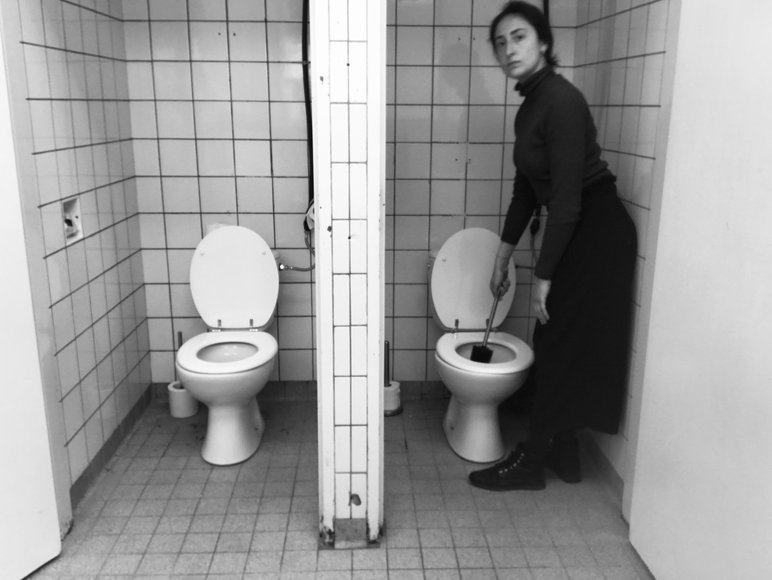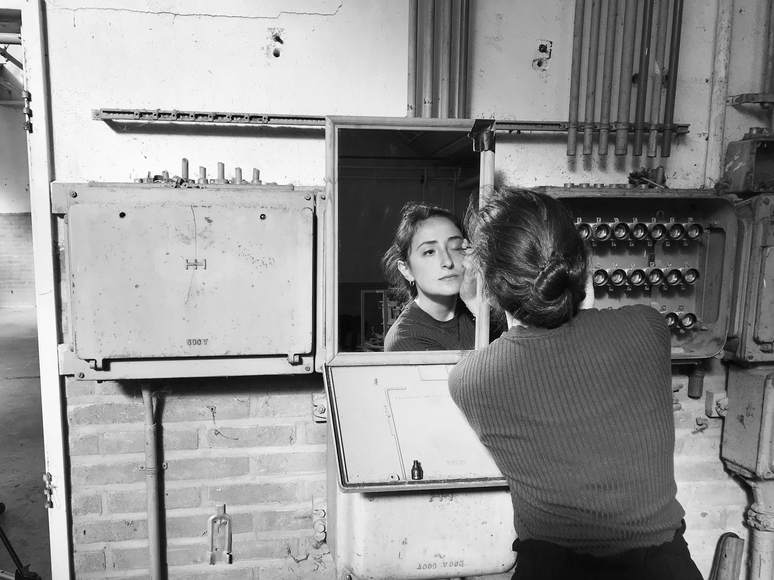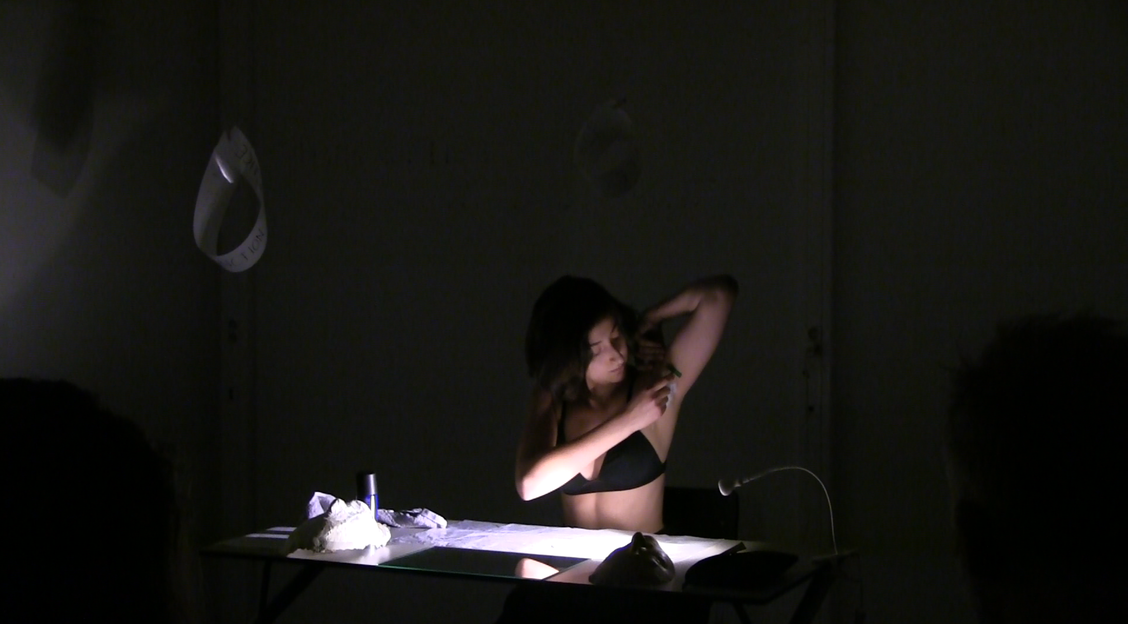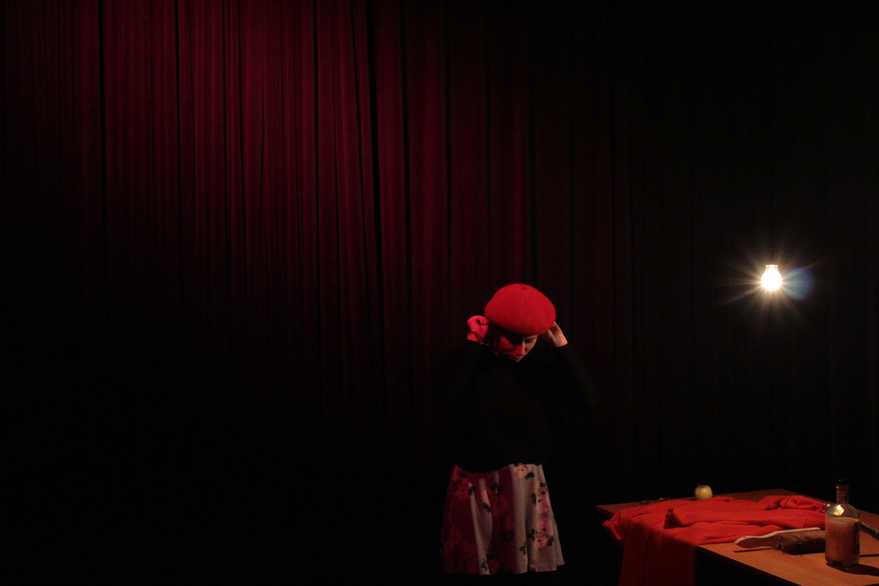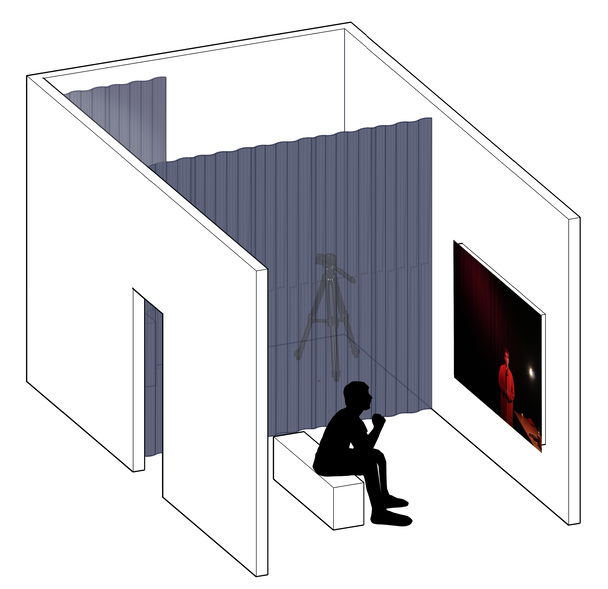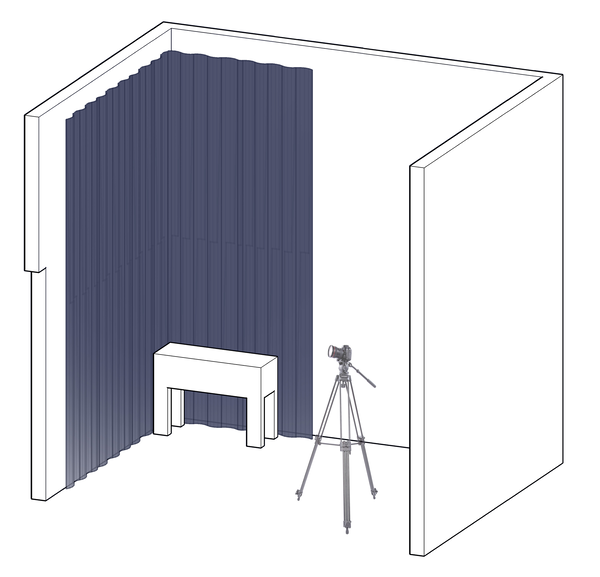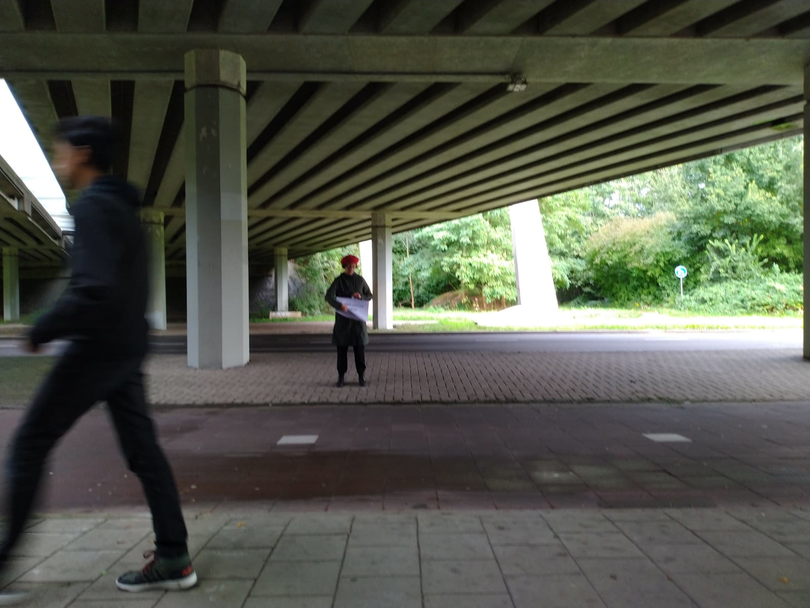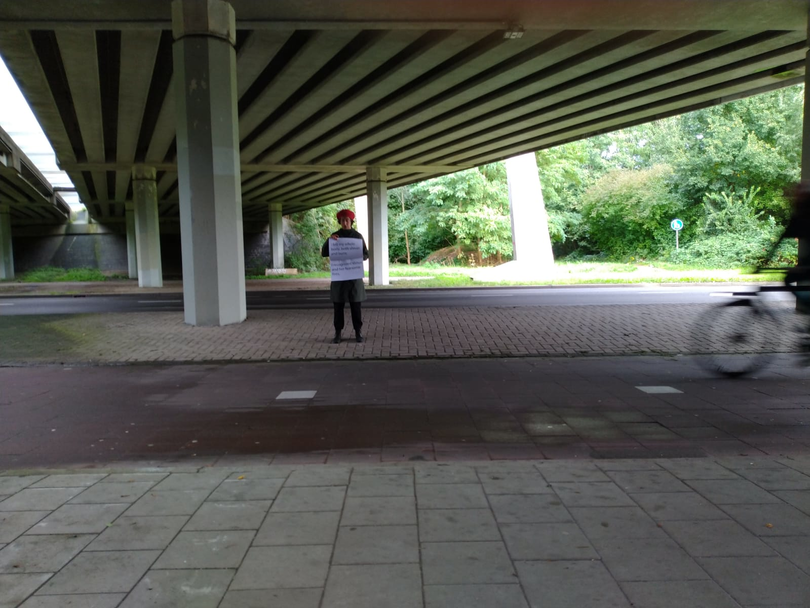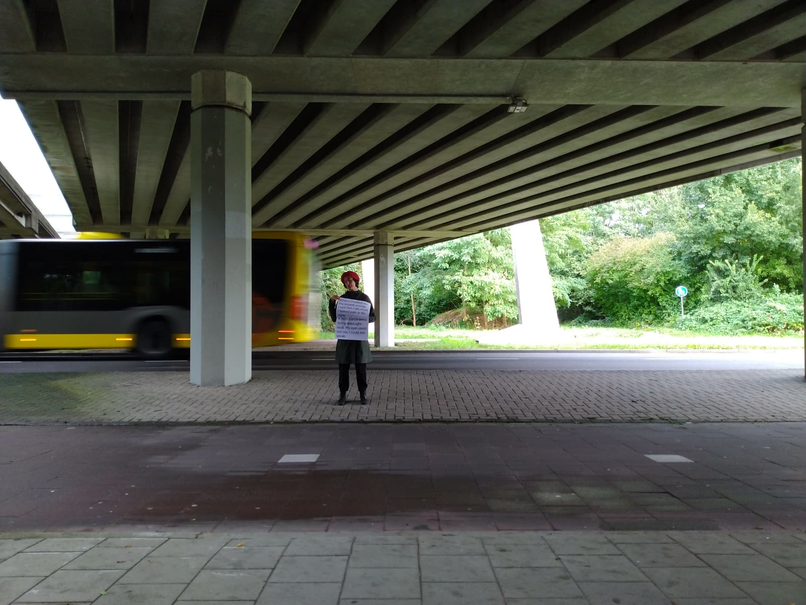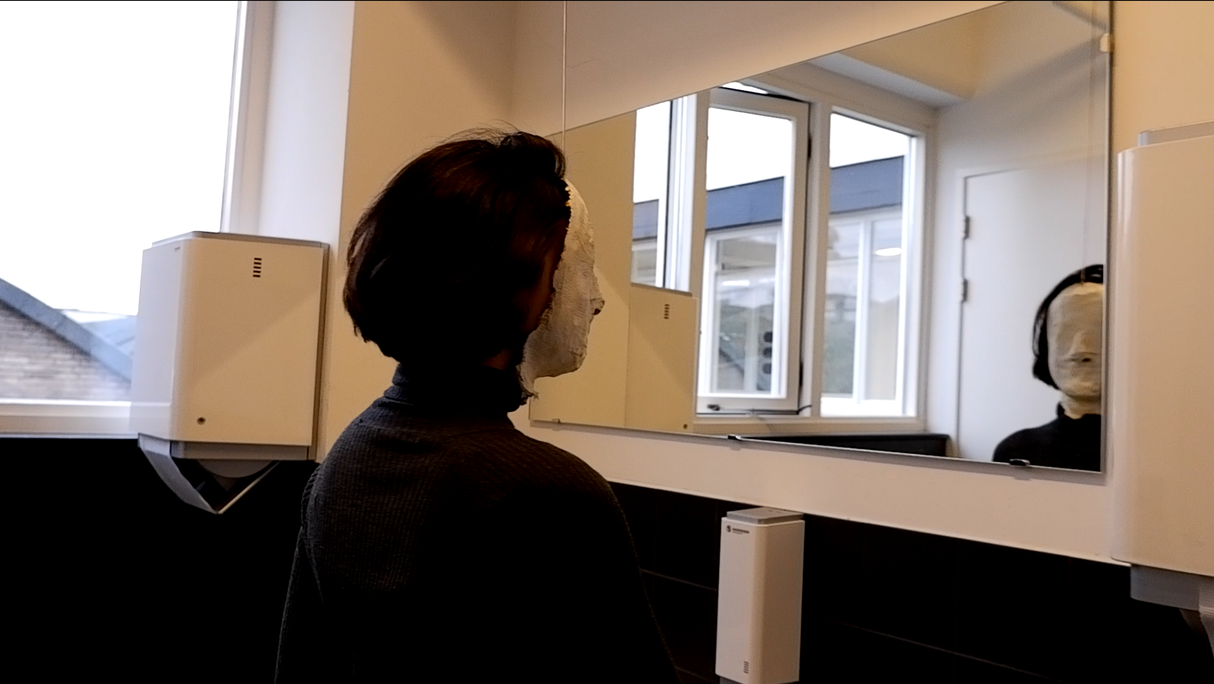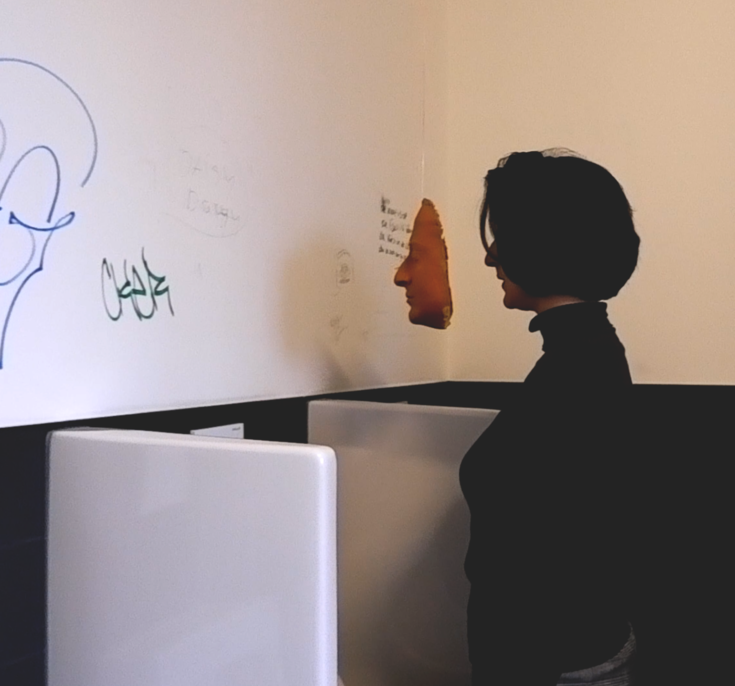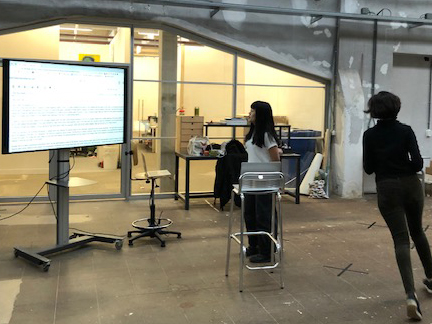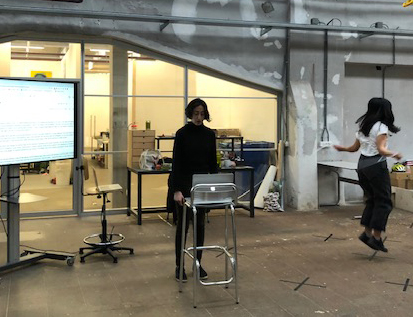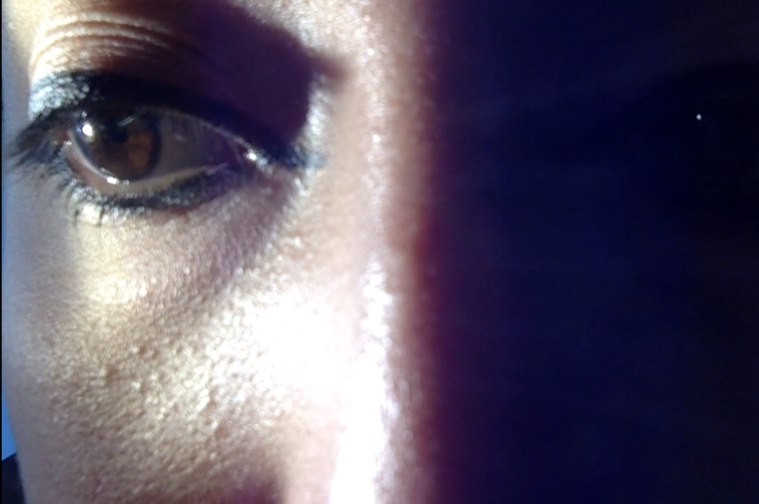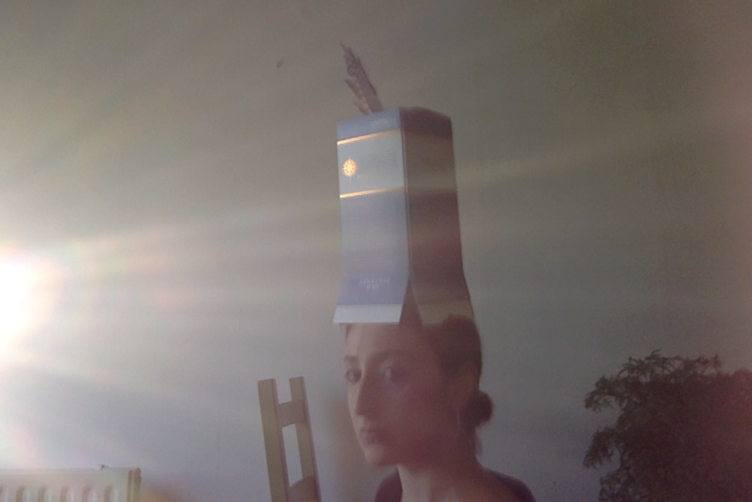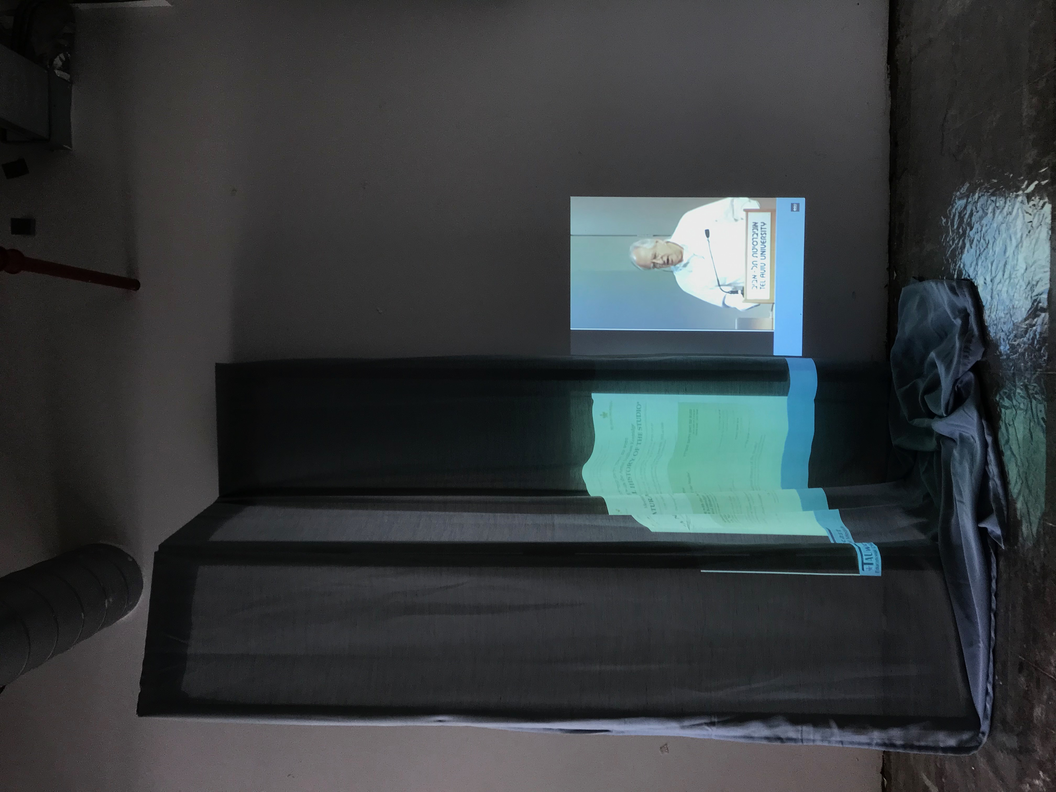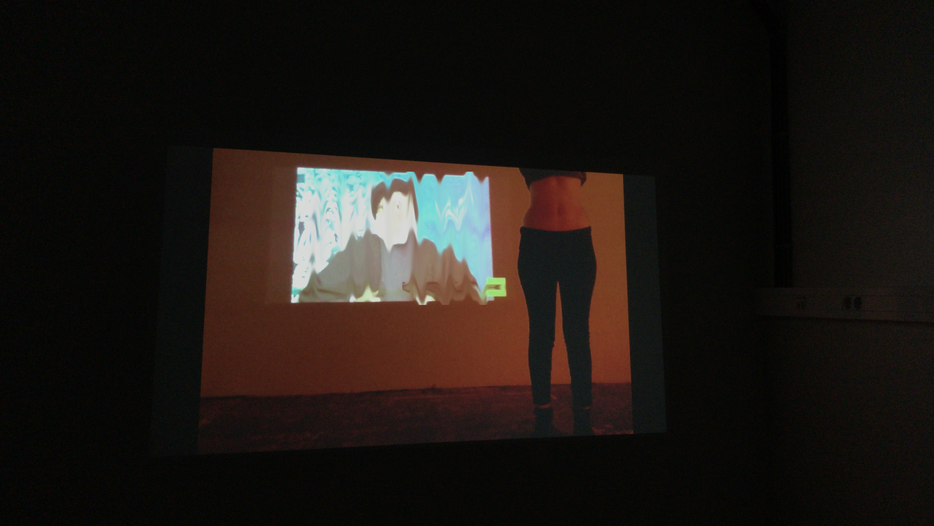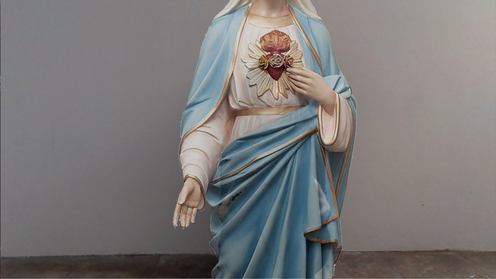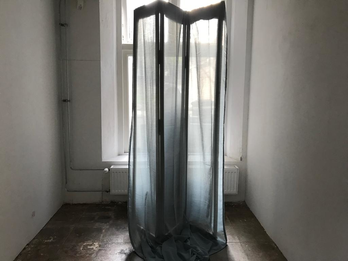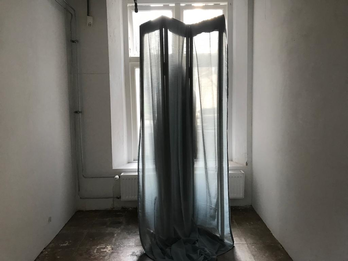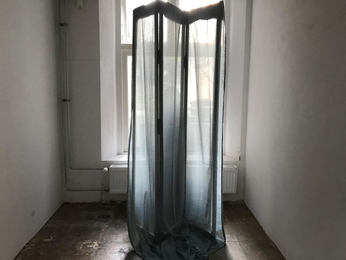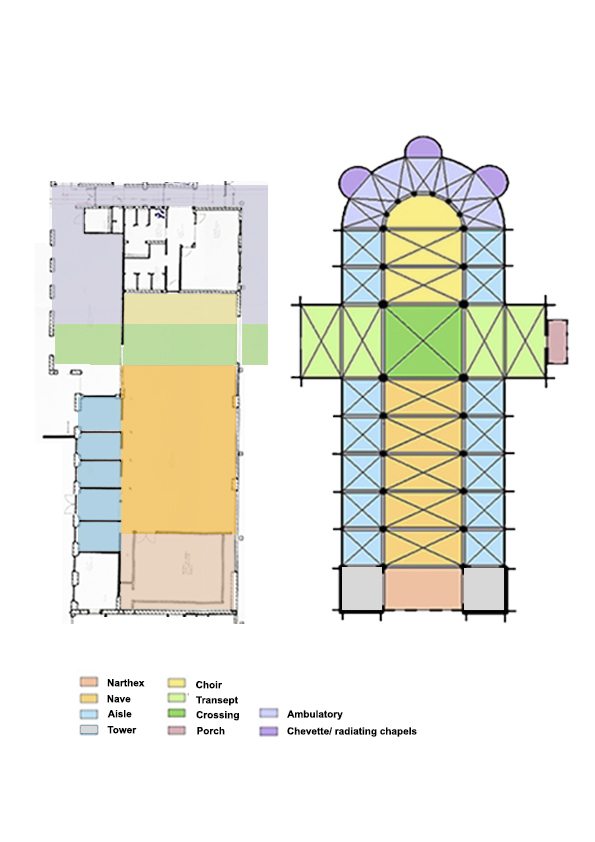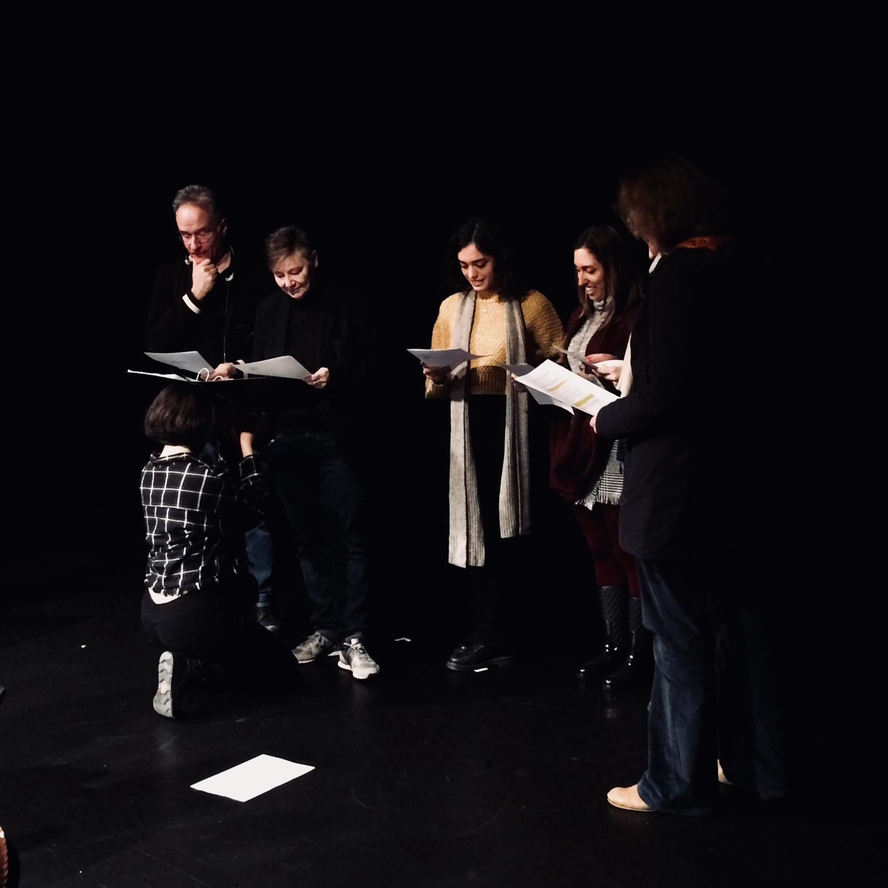Artist residing- De Gelderland Fabriek Culemborg
Can I keep record of a performance that has not taken place?
The beating of the broom,
The flushing of the toilet like a puppet in a storm,
I brush off the sand from your rusted metal teeth,
Fill up your breathing tubes with humming of my own,
Gelderland has left us with your window and my warmth.
On failed Leadership
Leadership can take place in various contexts, from leading a group of people marching and chanting, to leading a creative project, to leading a lecture in a classroom, or a lecture performance in a black box.
Leadership can be of different characters: it can be imposing and aggressive, implicit and manipulative, or hesitant and compromising.
In light of the many revolutions taking place around the world as we speak, I am interested in the failure of leadership.
Performing the armpit
While the modernists looked at our environments through functionality, and the post-modernists through form, contemporary architecture and urban theory today is more interested in the activities that takes place in our surroundings: how our daily practices shape the spaces we occupy.
From this we can then suggest a slogan opposing the modernists Form follows Function, and rather say Form follows Practice.
What is practiced in a space defines its representation, it defines the image we have of it. How does this relate to performance? I suggest replacing the term ‘Practices’ with that of ‘Performance’.
In fact, practices are nothing more than daily performances that become habitual. We then have a new slogan: Form follows Performance.
Removing the armpit hair is not a functional way of shaping my armpit. It is a political social performance of my body, of my identity. This place has been performed, so regularly and so consistently that it has become unquestionable for some. This is why I bring it back to myself and to others as a performance.
PlayBooth
How often do we strip our surrounding from its political significance? How easy is it to look past the political dimension of things. Is anything 'apolitical'? The aim of this work is to recognize how indices of oppression are embedded in our daily experience, even in the most ludic, banal, or harmless of objects.
After posing with the theatrical props offered to them, the participants leave the photography room and enter the screening room where they are given the time to look at the photos as spectators and listen to revealing stories of the objects they were posing with.
The Walk in the Forest
From time to time, when I feel a bit overwhelmed or just numb, I go for a long walk. Often, I go to what my housemates and I refer to as ‘the forest’.
// In reality it is more like a park,
// or an old sovereign nobility land that is now shared with the public, and intentionally overgrown with plants and trees.
Last week, Henny told me about ‘elephant paths’.
//They are paths that are formed in space by people making their own paths.
These are unofficial routes. But in this sovereign land, there are no true elephant paths. There are old alleys landscaped and designed to frame the nobility mansions.
// Today they are also elegantly blocked by tree trunks elegantly placed as if they have fallen, to tell us not to venture into the wilderness. Keep walking on the imported grey sand and gravel.
// If you do venture into these informal overgrown areas, you will encounter the stinging nettles.
// But isn’t it always the risk of performing the forbidden? Obstacles will sting you.
// In the forbidden areas, or in those least inviting, wild berries grow.
Berries are energizing,
// they help in overcoming the obstacles.
//In the ‘forest’, there unhealthy plants are rarely kept,
// but often there are beautiful still waters. Stable water. Too stable.
//So stable and unchanging that it is out of order, inaccessible.
The stability of these waters, I would like to disturb. They must be jumped in and splatter everywhere.
//Next time I go for a walk I will ask you to join. Together we will jump in the still waters, cover ourselves with slime, and walk back home through the real elephant path behind the highway,
// perhaps even at night.
Phedre Under The Bridge
Why does a lebanese teenager know by heart the monologue of a French Classical Tragedy? Why does she recite it 12 years later, under a bridge in the city of Utrecht?
Revealing the absurdity of litterary heritage under colonialism by re-reciting what we have memorized by heart.
The mask as a gesture
To quote Walter Benjamin in his writings on Epic Theatre in Understanding Brecht:
Epic theatre does not reproduce situations, but rather reveals them.
Epic theatre, which depends on interruption, is quotable in a very specific sense. The gestures used in the process of acting [must become] quotable.
The actor must show the event by showing herself; and she shows herself by showing the event. She must be free, at the right moment, to act herself thinking (about her part).
I chose then, to quote my face, to interrupt its action by making a cast of it. The outcome is the extraction of a specific facial gesture. The mask, silicone and detailed replica of my face presents myself to myself at a distance. Here, above me, hangs a frozen moment in time of my physical features.
This replica of my face I can look at as a three-dimensional object, from a distance, and from close. I get to, for the first time look at it from the side, from the top, from below, from inside. My nose is to me the most obvious feature, the one that holds my insecurities, my pride, my kindness and my anger. I was twelve years old when my mother first suggested I went for plastic surgery to improve my physical appearance. ‘You can remove the lower hanging bit between the nostrils’… ‘or maybe just hatch the bumpy bone at the top to make it more straight’. Of course my mother only meant well, she was letting me know there was the option for me to change my physical appearance if I felt uncomfortable or ashamed. She was letting me know that she would be willing to pay for such an operation out of care for my self-esteem. Funnily enough, this did not make me love my face any bit more. But I felt so insulted and surprised by this suggestion that I became angry against it. From that moment on, I had to fight for my nose. The nose of my father, of my Arabness, of my ambiguity.
Exercising Placemaking (2020)- Hogeschool voor de Kunsten Utrecht.
Chih Hua Huang and Betina Abi Habib return back to their countries for a visit. There, they write letters to each other to talk about the political movements that had taken place in Lebanon and Taiwan. Considering Occupation as claiming space, they bring this notion to the Theatre. Physical exhaustion is demonstrated as a way of asserting presence.
The Old Beirut Theatre which had been locked for years, we broke into. The Banks which always had this threatening intimidating silence were filled with our shouts and bodies on the counters.
The protest was later joined by more and more people, the gathering spread from the building to the streets.
Most of the protesters are students, we ate, discussed, listened to lectures and slept on the street.After the protest, I viewed the street in a totally different way. Because the street was once a classroom, a living room, and a bedroom.
Zoom Performance of Act 3 from Baalat and her Double, a lecture epic written in three acts.
Act1: Betina gives a lecture on Betolt Brecht's inspiration from the Middle East.
Act2: Baalat Gebal Pheonician Goddess of Byblos appears. She opposes Betina's discussion.
Act3:Baalat Gebal takes over the lecture, revealing her agency.
Stenographic response
How can one selectively listen and learn from another's attempt to lecture?
This year, William Kentridge alongside Faustin Linyekula are associate artists of the Holland Festival. In 2012 William Kentridge gives a lecture at Tel Aviv University as a Dan David Prize Laureate. His talk is entitled "A Natural History of the Studio", an important theorization of artistic work in the studio.
Taking the role of a biased stenographer, I selectively take note of the words used by Kentridge as he describes the artistic process. The video footage to which I respond is screened in a 7 square meter room where visitors are tightly gathered. I stand behind a curtained paravent on which part of the YouTube lecture is projected. My silhouette appears behind the curtain; typing on my laptop that sits on a podium table. Above the image of Kentridge, the text I type appears as his live speech annotation. The selected choice of words is reorganized to form a new discourse.
Self-reading
Where to locate the artist's atelier? How is it informing and informed by the working method?
In the once factory space made into a shared art studio, I recollect my notes by reading them to myself, page by page. I tear off each page I read and place it on my working table. I am being recorded frontally while a stack of noted paper forms by my side. The reading and recording stop when the notebook is void of paper.
One by one, the papers are picked up again and read aloud to the now playing version of my previously recorded self. I am reading the first page of my notebook simultaneously with the last page being read on the screen. The atelier is tentatively located in the action of self-documentation.
Taking Note of William Kentridge
William Kentridge - "Lecture for Israel" or "A Natural History of the Studio"
Life
Tricks
Protected space
Construction of meaning
Development of thought
Tel Aviv
Designed
Allied
Reduced
Doing your thinking for you
Put on hold
Circling
Avoiding the issue
Avoiding the confrontation
Console myself
Given a chance
Structure
Shooting
Images start to emerge
Separated space
Outside world
Hitting the walls
Demonstration
South Africa and Israel
Reconstituted
Bombarded
News
Dismembered
Reconstructed
Deconstruction
Reconsidering
Contradictions
Ways of seeing
Unconscious prehistory
Instruct
Pretense of certainty
Open ended-ness
CONFESSION TO PALESTINE
Tel Aviv [is a] Protected space [that is] doing your thinking for you [through] Construction of meaning[.] [From its] Unconscious prehistory[,] Images start to emerge [of] Structure in South Africa and Israel[:] [the] Shooting[, the] Hitting of the walls[, the] Separated space[, the] Bombarded Life[, the] Dismembered [in] demonstrations[,the] Reconstructed Outside world [in] newspapers[.]
Development of thought [is] Put on hold[.] Tricks [are] Designed [to] Instruct Reduced ways of seeing.
[I am] Given a chance [to be] Allied [and] Find accommodation in the space[.]
[I am] Circling[,] Avoiding the issue[,] Avoiding the confrontation [through] Open ended-ness[. I] Console myself [by] Pretense of certainty [within] Contradictions.
Google-eye view
A Google street view render from the sunny sea-sight of Beirut Corniche in the search for a place where I only belong to myself. Images of our shared built environment are accessible on the web, curating globally communicated representations of cities.
Al-conductor
Through live recording, I can, just like the leader of a militia, hidden in secret terrain and broadcasting live to an audience of three thousand, be performing in two places at the same time. I can seem to fit well within an image that is in fact hostile to my very existence.
The violent gestures of the man in full thrust of his discourse delivery become instructive to the movement of my body. This dance is recorded and screened to a gathered audience in a 7 square meter room. I try to question how our bodies and spaces are disciplined. In fact, one can only perform certain things in specific spaces.
Putain de toi:
An interior street view of an apartment in a residential high-rise in Beirut plays alongside a simulated 3D Interior walkthrough in an architectural render. Both footages primarily serve as online promotional content. In the setting of a performance lecture held in a black-box, a re-rendered version of the found footage is layered with personally recited prose and playful romantic tunes.
Faces of my mothers
Antonin Artaud describes the Plague as the metaphor for Theatre. In its destructive power, it generates necessary images of and for ourselves. I reconsider his description of a necessary self-destruction by relating the action of the Plague to that of Trauma. Is the witnessing of performance comparable to Trauma? Are we not witnesses of certain formative representations of ourselves?
Pastoekerk
What are the similarities between a space of worship and a space of production? What are the similarities between industrial and artistic work? How does the spatial typology inform us on the power structures within these institutions?
Within the presentation of my artistic research, I gather peers into the black-box situated in the southern part of the studio. From the dark space they walk into the working area, and in the direction of the main gathering table where I stand awaiting. There is chanting of the Holy Friday Maronite mass resonating from the mezzanine above the black-box. As the group organizes in a queue, I hand in a 'HKU' branded post-it to each participant with the question:
"What links a church to a factory?"
